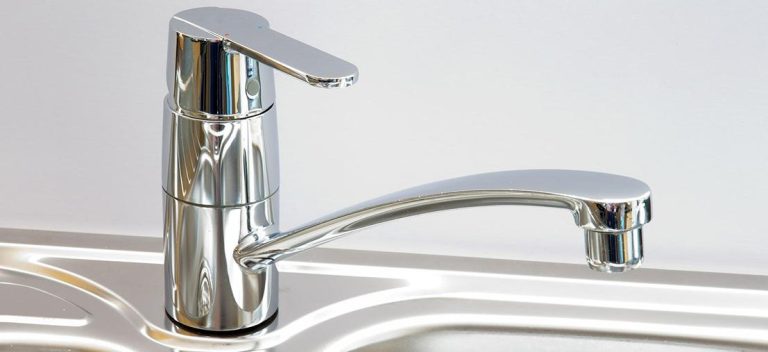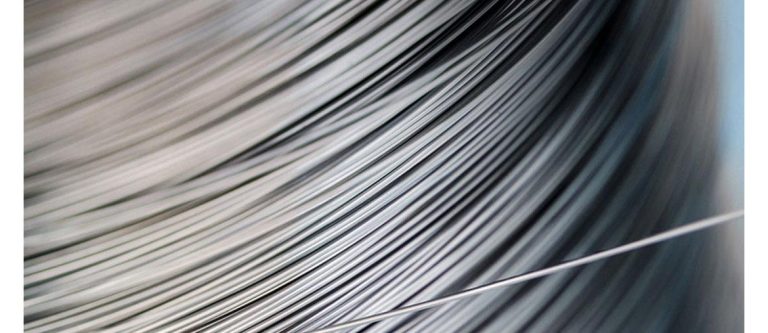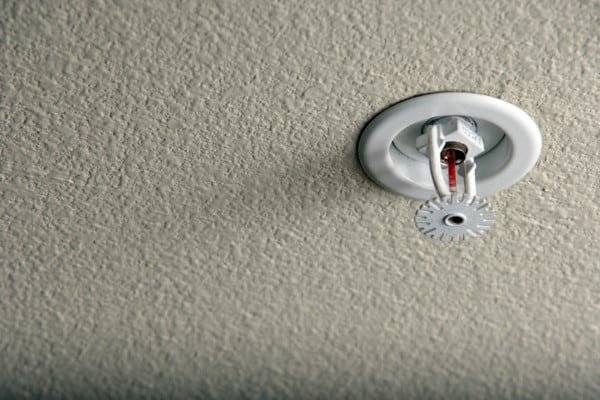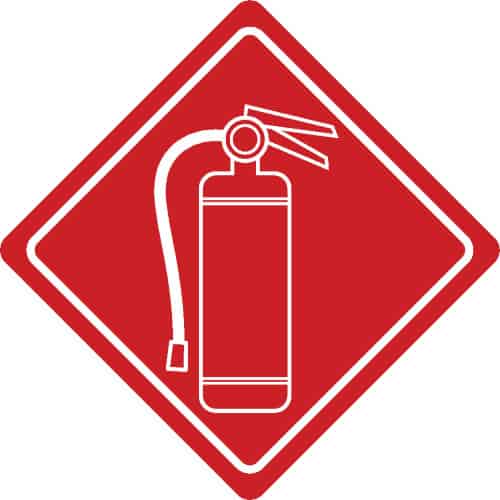Five Things To Know About Single Acting Reciprocating Compressors
With the development of highly efficient air compressors, there’s still a place for the most basic design: the single acting reciprocating compressor. When the piston moves out of the cylinder, it draws air in, at atmospheric pressure. When it moves in to the cylinder, it reduces the volume that air occupies, increasing its pressure. These machines are durable, effective, relatively inexpensive, and pretty easy to maintain. Here are a few interesting things to know about them:
1. Popularity. Because of the simplicity of their design, they’re the most common air compressor in the 10HP and under sizes. You can get them from a number of sources, and they’re not going to set you back as much as some other types.
2. Oil free air (part 1) While the most basic design uses oil to lubricate the piston rings in the compression cylinder, oil-less reciprocating compressors have cylinders with very smooth (and hard) bore surfaces, like nickel or chrome plating. A series of guide rings around the whole circumference of the piston prevent metal-to-metal contact, eliminating the need for liquid lubrication in the compression cylinder.
3. Oil free air (part 2) If oil in your compressed air is a problem, an oil-free (as opposed to oil-less) compressor is another option. While an oil-less compressor doesn’t use lubricant for the piston movement, an oil-free compressor’s moving parts are oil lubricated, but that oil is kept away from the compression cylinder(s) with connecting rod(s) so that the oil is confined to the lower moving parts…the crankshaft and bottom ends of the connecting rods, and away from the pistons & compression cylinders.
4. Foundation. Reciprocating machinery, as the name implies, has parts that move back and forth. The sudden reversal of direction of heavy metal pistons & rods, dozens of times a minute, means that their operation is inherently unbalanced. This out-of-balance condition, though, can be absorbed by properly securing the compressor to a properly prepared foundation.
5. Higher pressures. If your facility’s compressed air usage primarily entails pneumatic tools, cylinders, and blow off devices like air guns, the system header pressure is likely maintained at around 100psig. While a one-stage reciprocating compressor is usually rated for discharge pressures up to 125psig, a second stage can increase that to 175psig. Multi-stage compressors are used for applications that require up to 3,000psig compressed air. Examples of these are scuba breathing air, pneumatic excavators, and my personal favorite: ballast tank blowing air, used to surface a submarine.
4-stage reciprocating compressors charge 3,000psig air tanks that are used to rapidly push water from a submarine’s ballast tanks to create positive buoyancy. Because keeping your ‘diving-to-surfacing’ ratio at 1:1 is important.
At EXAIR Corporation, helping you get the most out of your compressed air system is important to us. If you’ve got questions about how to do just that, give me a call.
Russ Bowman
Application Engineer
EXAIR Corporation
Visit us on the Web
Follow me on Twitter
Like us on Facebook




